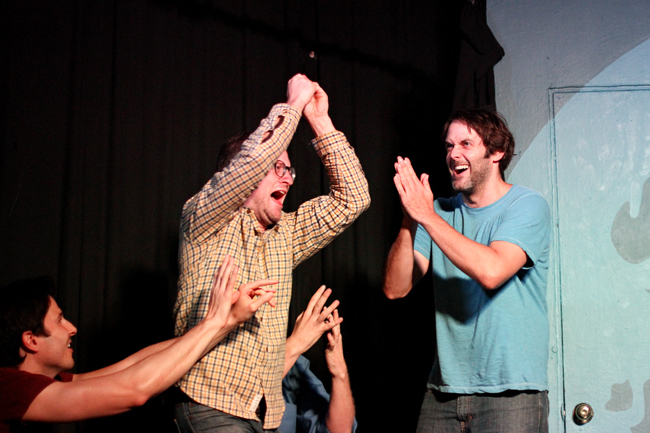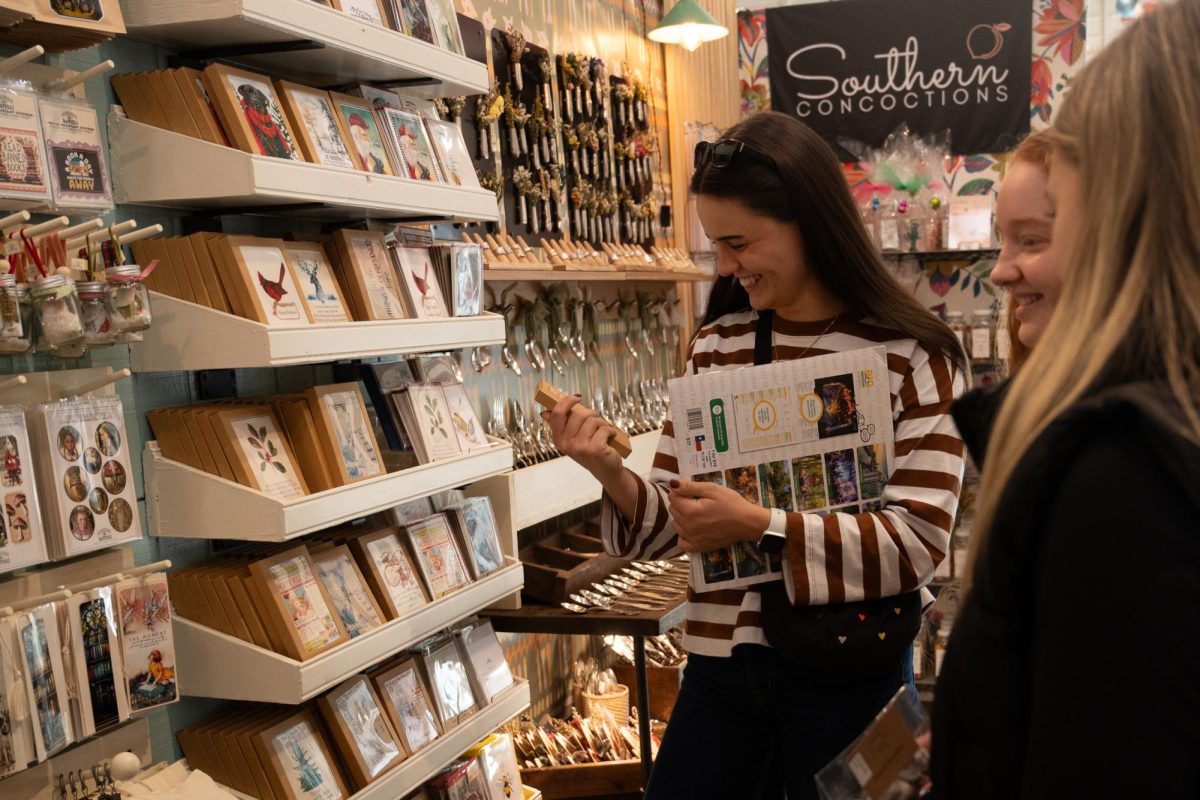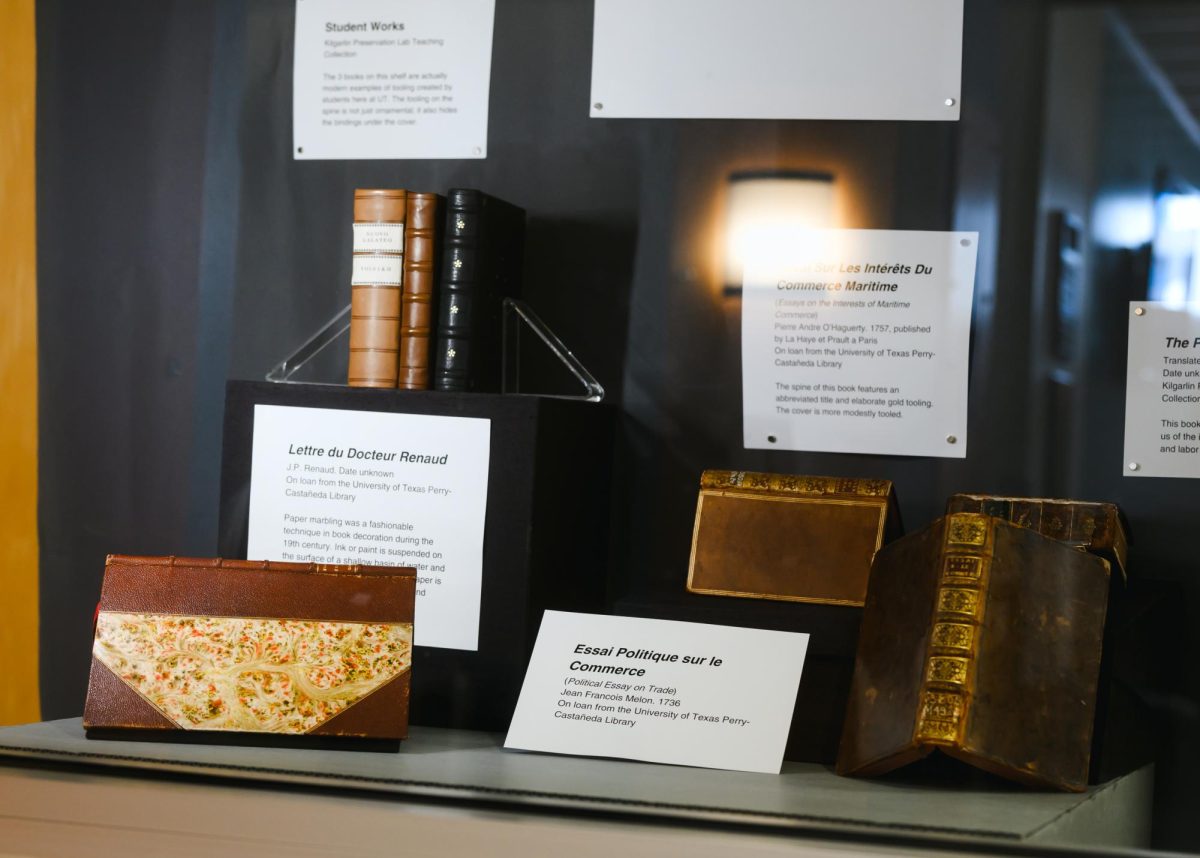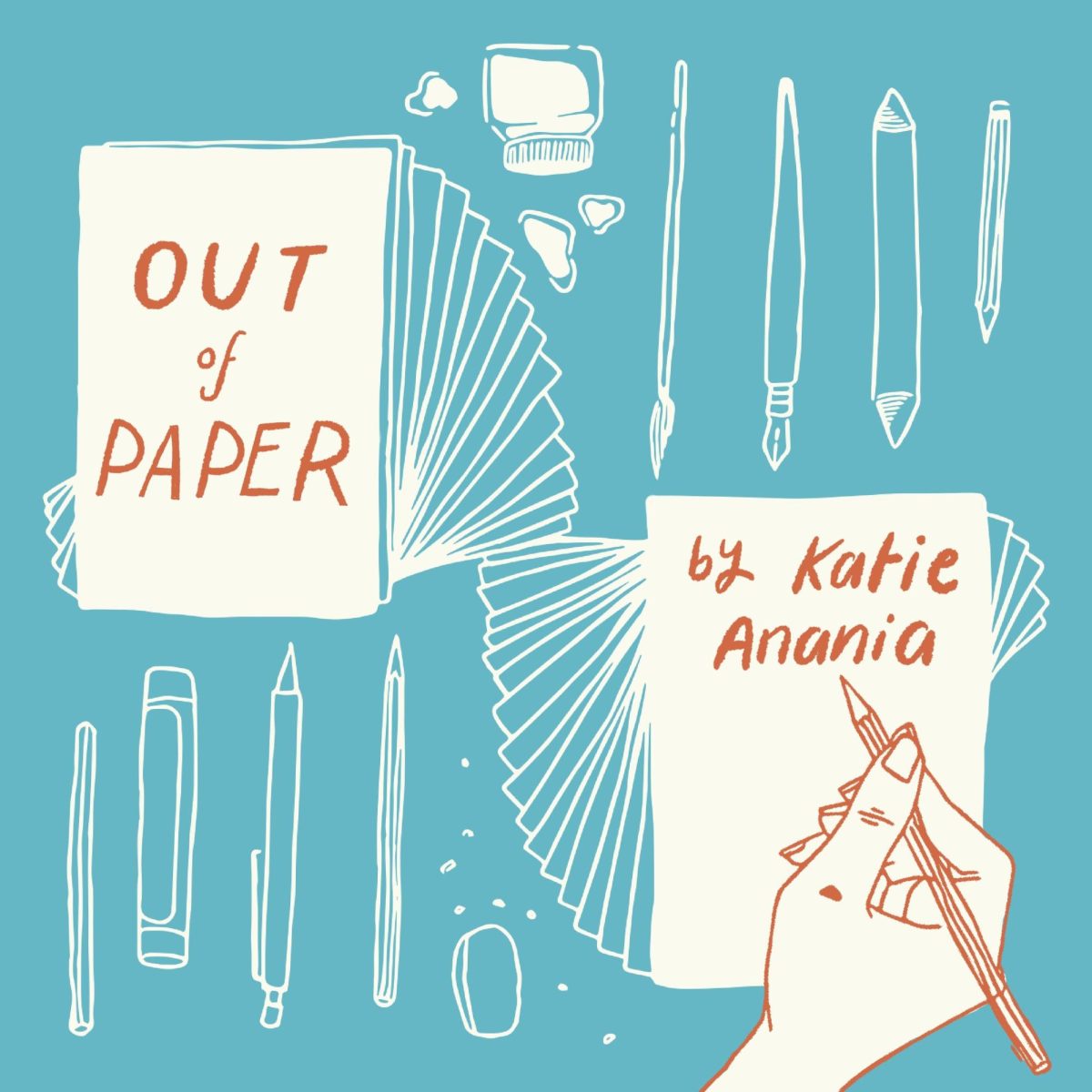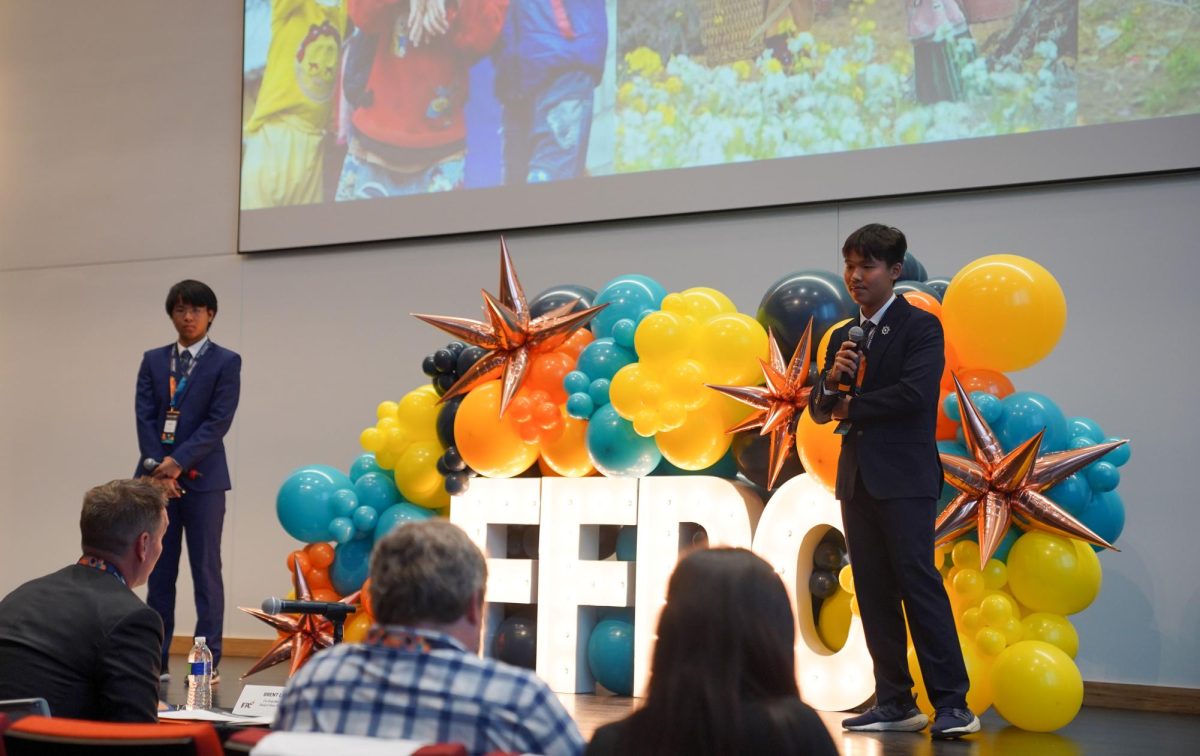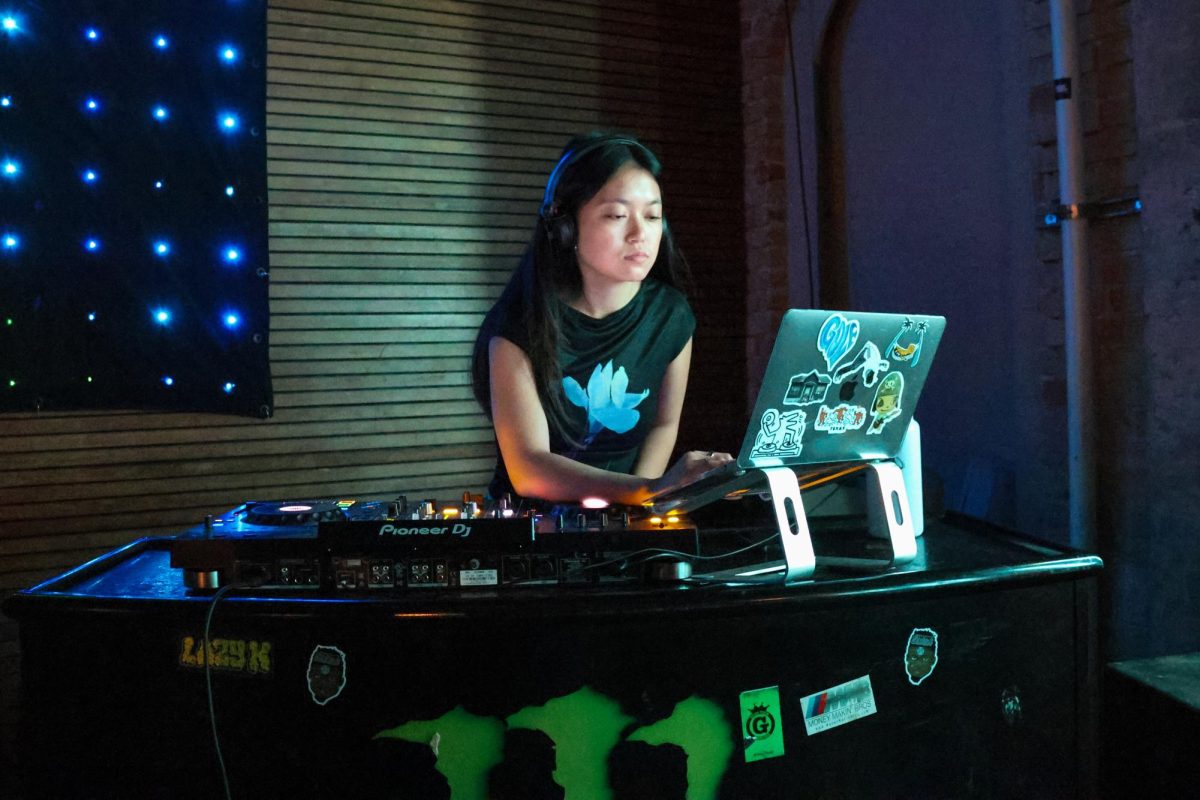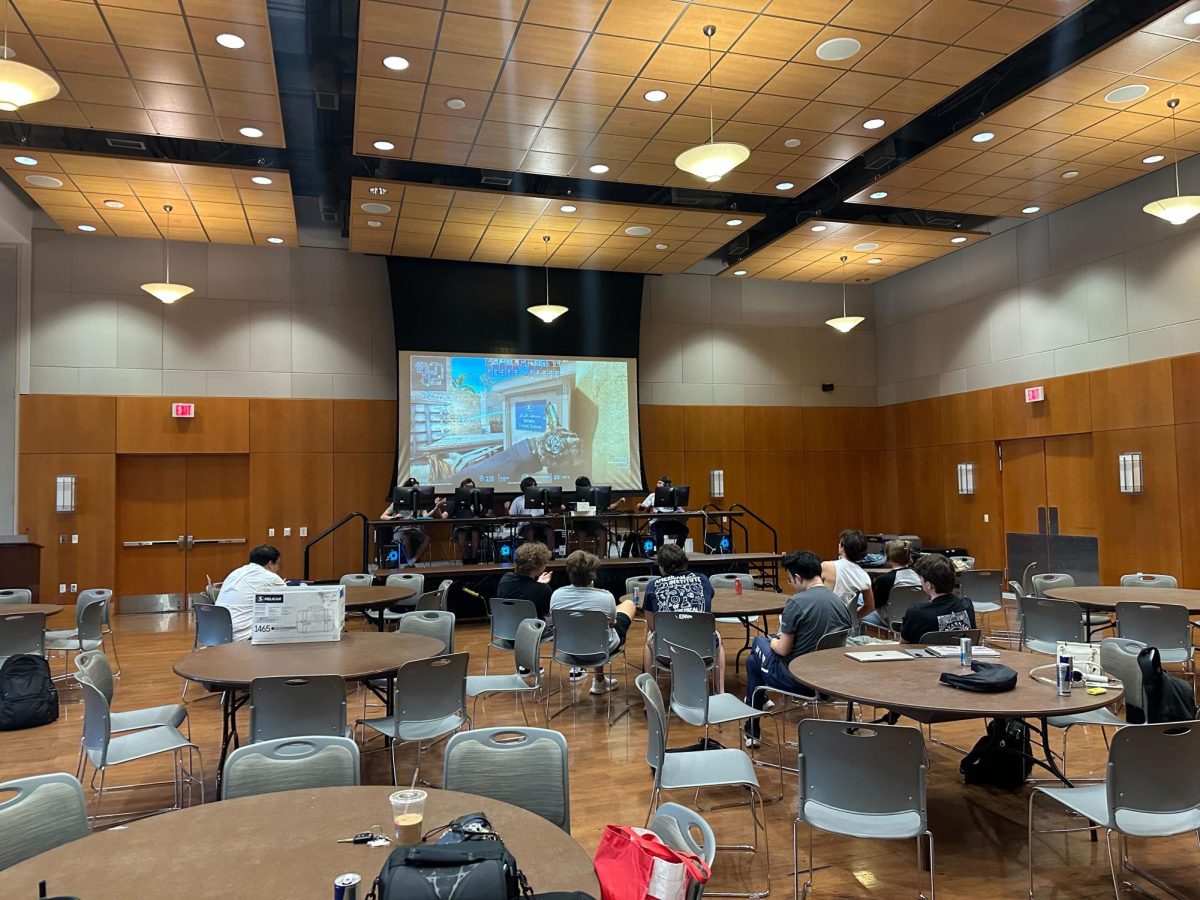Even when seated, Arthur Simone exudes energy. Each thought is accompanied by movement, a gesture of the hand, a sudden leaning in, a hand running through his shaggy brown hair as he contemplates the point he is trying to make. Simone is well known in the Austin improv community as a talented performer, teacher and co-founder of ColdTowne Theater.
After Hurricane Katrina forced Simone to leave New Orleans in 2005, he made plans with two friends and fellow performers, Michael Jastroch and Justin York, to meet in Austin. Soon the three were performing improv on a regular basis and began offering classes to those interested in learning a new style of expression. Then, Conrad Bejarano and John Dorgan, owners of both I Luv Video and Spiderhouse, offered an empty storage space to the trio for use as an improv training center. With that came the opportunity to produce shows in the space, which proved immediately successful, and ColdTowne Theater was born. Opened in Oct. 28, 2006, ColdTowne now hosts comedy events of many varieties every day of the week, as well as six levels of improv classes.
Simone and the other improv instructors at ColdTowne, some of whom are veterans of Second City, Improv Olympics and Upright Citizens Brigade, take a heavy approach to teaching improv. While it might be difficult to teach someone how to be funny, Simone has found that you can coach the funniness out of someone by giving him or her permission to be playful and react honestly. In level one classes, students are asked to think of someone they know and sit in their skin to find out the character’s angle in the scene. The upshot of this is rather than having a preconceived notion of what the scene is about or where it’s going, there is a character reacting honestly to the scene, making it believable and ultimately funnier.
Improv draws its charm from being both honest and unexpected. If the actors detach from the characters that they are playing, the audience will, too. When the stories are linear and the audience is told what to think and how to feel, then the audience will disengage and lose interest. The challenge for the actors is to blend together the absurd with the routine in such a way that the audience is engaged and interested.
“I think any artist wants its audience to follow them, and you have to earn that right, that level of interest. You can’t take it for granted,” said Simone.
According to Simone, the main principle behind improv is "yes, and." The idea is that you accept the reality that your fellow performer is giving you and then add your own bit of reality to it. They then accept that new reality, adding their part and the scene continues on in that way, towards an unforeseen and immensely mutable climax. Of course, there are many challenges that come with having to work with any number of people on a stage, no script and often no more direction than shouted suggestions from the audience.
In a practice known as pimping, one performer sets the other up for a very specific joke, forcing them, for example, to play Martha Washington even if they don’t want to, because if they don’t then the scene won’t make sense. Using a trio of cookies decorated to look like poodles, Simone explains his distaste for the practice:
“So this is Larry, and this is Moe, so if we were pimping this poodle cookie, this one would be Curly, the expectation is that we have Larry, Moe and Curly. So, if I named it Curly, I am fulfilling that pattern, that trend. Part of my challenge as a performer is either naming it Curly with the integrity that I feel it deserves [it], or naming it something different that fits into the spirit of what we’re all sharing, in this case a poodle shaped cookie. If I were playing into the spirit of it, I would name it Shemp, the other stooge. Maybe that’s too easy. I want to think of my audience as being informed and intelligent and being able to see through how distasteful I find it to name it Curly or how easy I find it to name it Shemp. But I don’t want to name it Hitler, because then who cares? The answer is, I don’t know what I want to name this poodle cookie, or maybe I do.”
A successful improv show is also about balance. The actors must listen to each other and the audience, but not allow themselves to give in to easy gags or audience expectations. Simone says that a good show involves not giving the audience exactly what it wants, because if you do, they won’t remember the show. The trick is to have characters that are realistic enough that the audience can engage with them in their imaginations, giving them dimensions of life that the actors can’t and allowing the character to live beyond the show.
“I want to engage the audience so that they can visualize the story behind the story, because I think that’s a richer, more engaging, more ultimately fulfilling experience, rather than it just being handed to them, saying that this is just Larry, Moe and Curly.”
Currently, Simone is performing with the improv troupe Array, formerly Arkay, doing a style known as J.T.S. Brown. According to Craig Cackowski, an original member of J.T.S. Brown, it is not so much a form as a philosophy of play. Designed for a large number of actors, it encourages anything to happen at any time, with the idea that whatever happens is the perfect thing to happen at that exact moment. The style brings challenges for the actors, said Simone, because if the troupe creates too many short, chaotic scenes, challenging the normal constructions of improv, the audience will get lost and lose interest. It does not seem that anyone is losing interest in improv any time soon, however.
“It’s only in recent years where it has emerged as a form of expression unto itself. Improv was often utilized in classes and rehearsals for the generation of scripted shows. Then eventually people figured out that the improv was actually more fun and more funny and pleasing than the scripted material. So I really don’t know what brought about that shift. Maybe it was just that it felt more raw or more fresh,” said Simone.
The performance space at ColdTowne Theater is small, but cozy rather than cramped. Large couches, mismatched chairs and a row of seats liberated from a movie theater create a strange harmony of mismatched items, not unlike the improv shows on stage. The creation of ColdTowne, according to a former student, was instrumental in elevating the level of improv in Austin, expanding the boundaries of the medium. You don’t have to go to a show at ColdTowne to experience improv, according to Simone.
“You can find the same principles of improvisation in jazz, in abstract painting, in beat poetry, I mean, it really is everywhere.”

